BY MICHAEL ROBLETO
Real Estate Professional with Compass Pasadena. Specializing in the buying and selling of Pre-War, Historic and Architecturally significant homes and lofts in Altadena, Pasadena, Eagle Rock, Highland Park, Silverlake, Los Feliz and DTLA.
LA Architectural Spotlight:
The English Revival Tudor & Tudor Homes for Sale
What is an English Tudor?
What Are the Renovation Challenges of a Tudor?
ARE historic homes are recession proof?
how can I find tudor homes for sale?
Being a realtor the specializes in historic homes, I get the benefit of being inside a wide variety of architectural styles. The details of each vary wildly but are all incredibly interesting. Through sharing the details of these styles, I hope that you get a better sense of the style you love or find a new style you perhaps weren’t as familiar with. This is part one of a twelve part series.
What Are the Origins of the Tudor?
English Tudor style dates back to early 1600’s England and was adopted by pilgrims in the “New World” when they arrived in 1620. Queen Elizabeth I of England died in 1603 and was the last of the Tudor line. New England cities like Boston were peppered with this style. Steeply pitched roofs and gabled ends are married with expressive windows and stucco or masonry walls. These homes always had decorative and tall brick chimneys that could exhaust the oily coal smoke (the common heating option of the time) above the tall roofs.
Starting in 1890 and extending into the 20th Century, a neo-Tudor (or Tudor revival) came to fashion as Los Angeles began to grow rapidly, especially for those with British roots. The elegant hand crafted details resulted in premium housing stock that many well to-do owners appreciated.
What Key Elements Define a Tudor?
The roof is the most obvious part of a Tudor style house. The roof pitch is at an extreme angle or pitch. The pitch of a roof is measured in how many inches it rises up in the span of a foot.
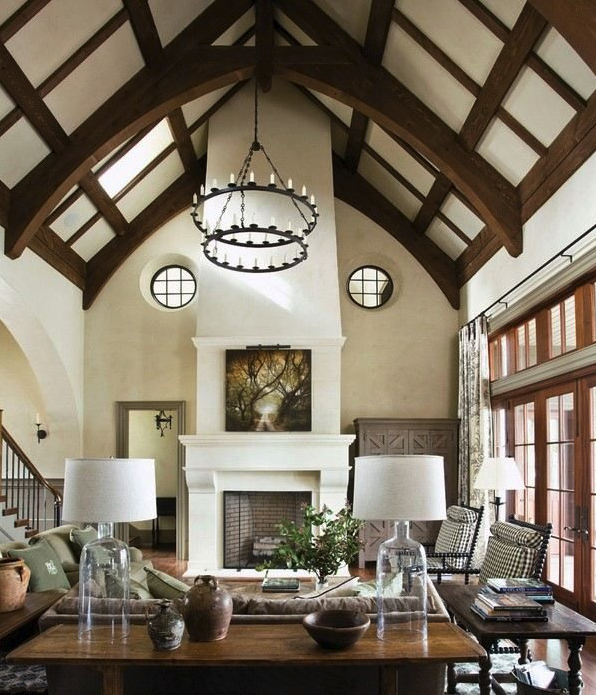
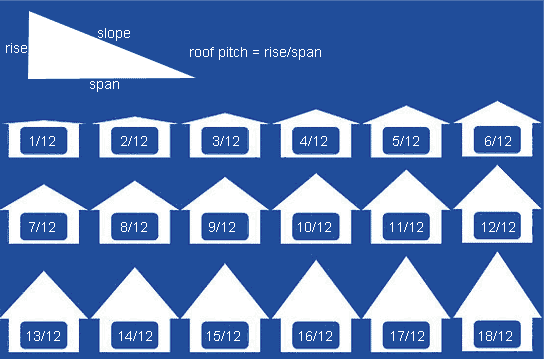
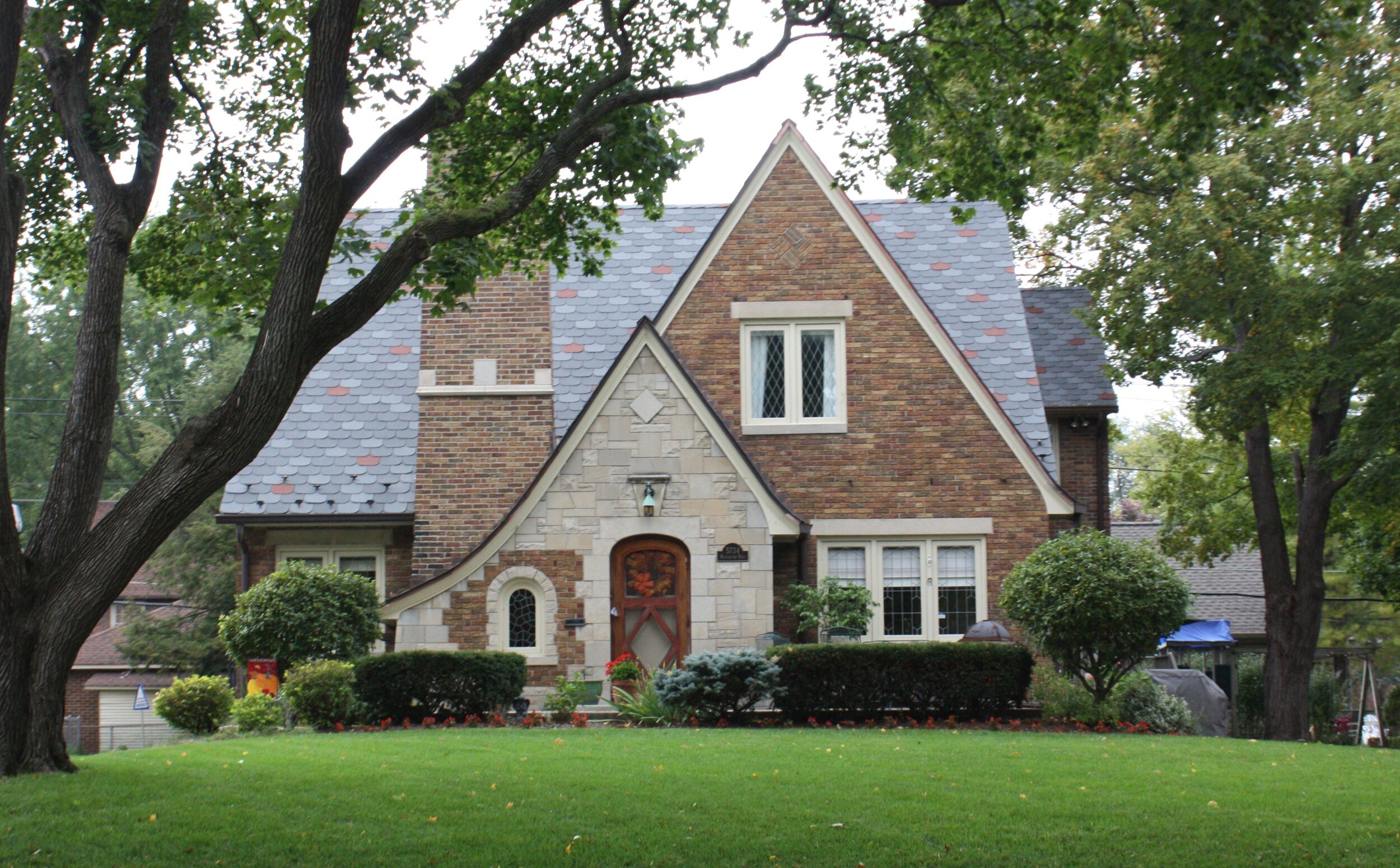
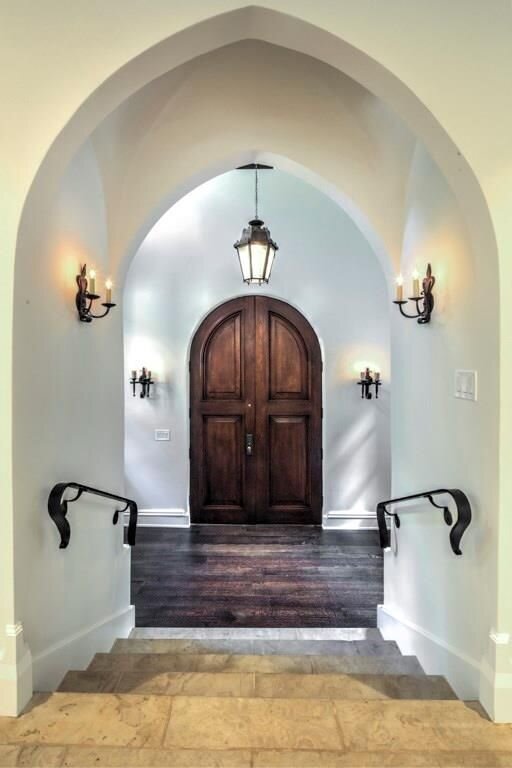

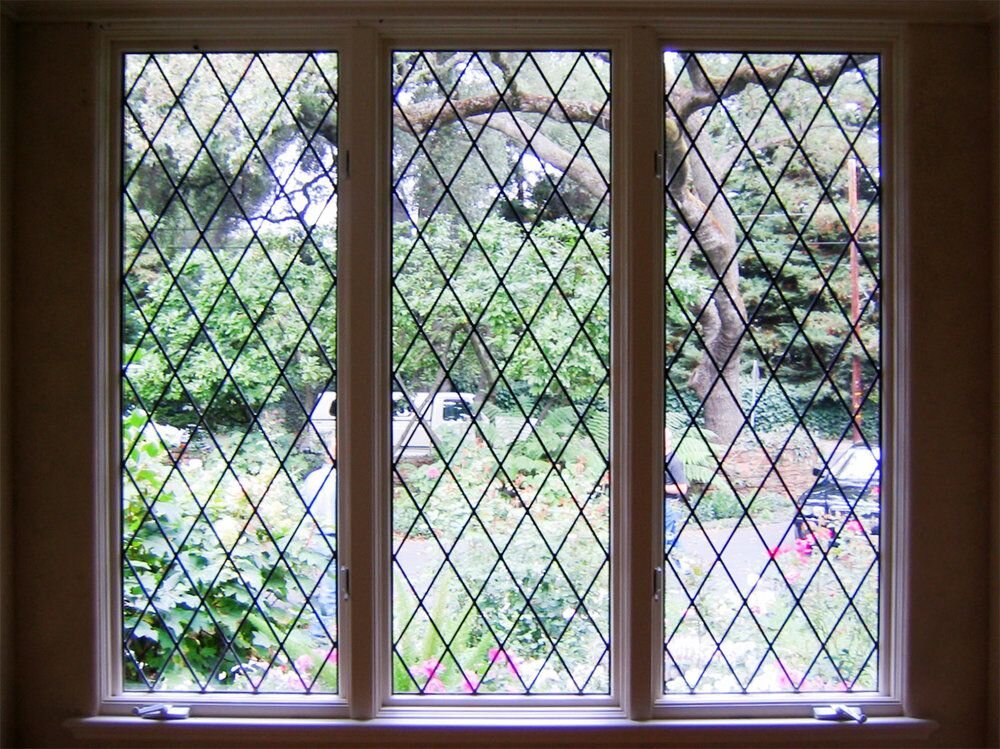
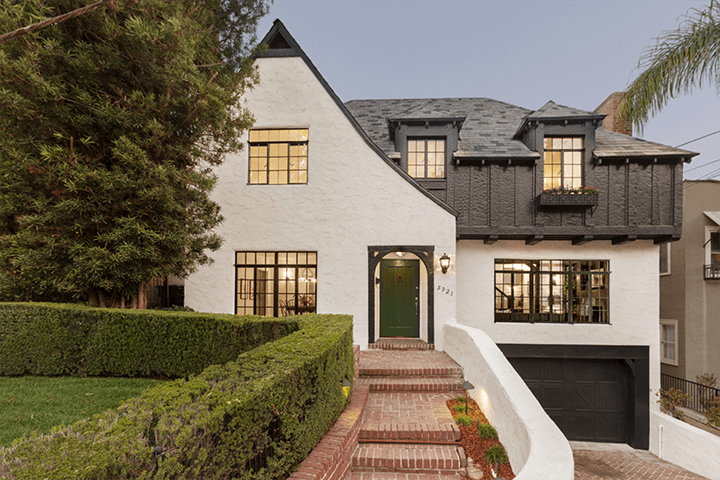
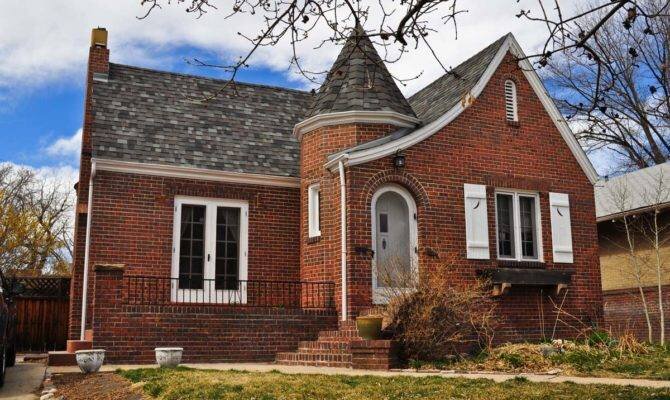
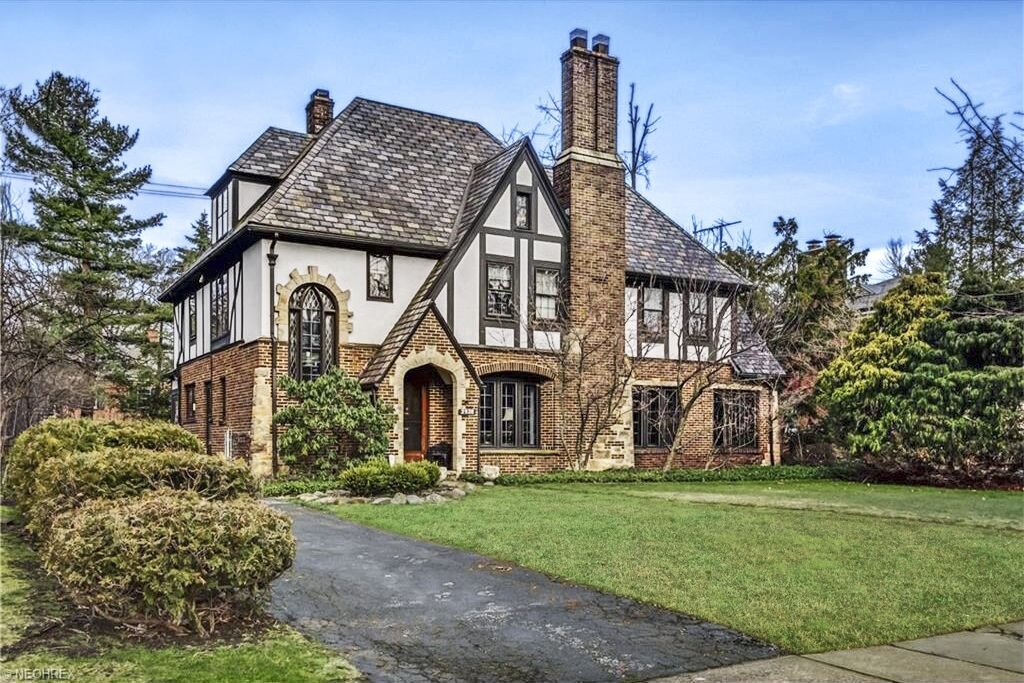
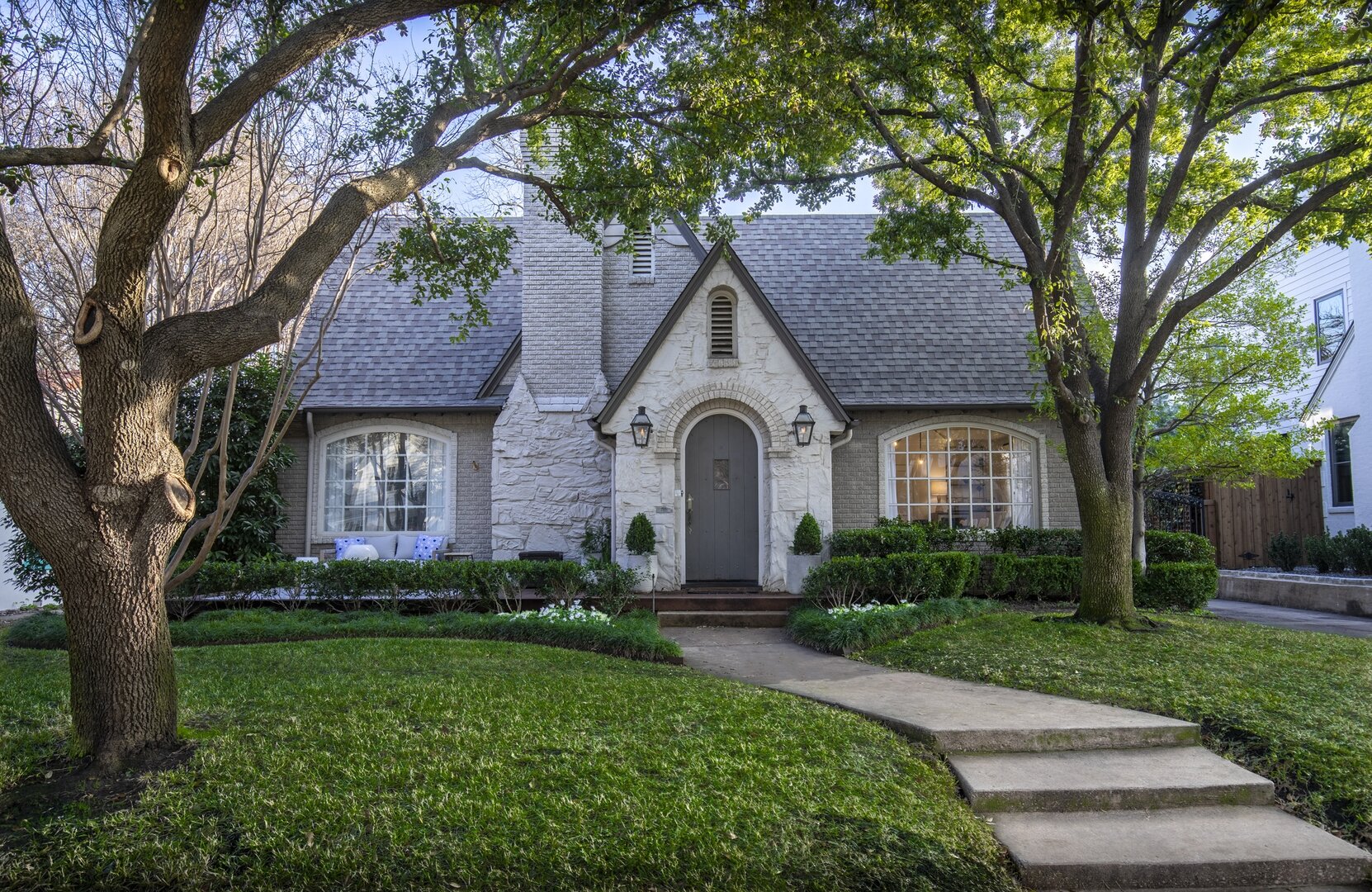
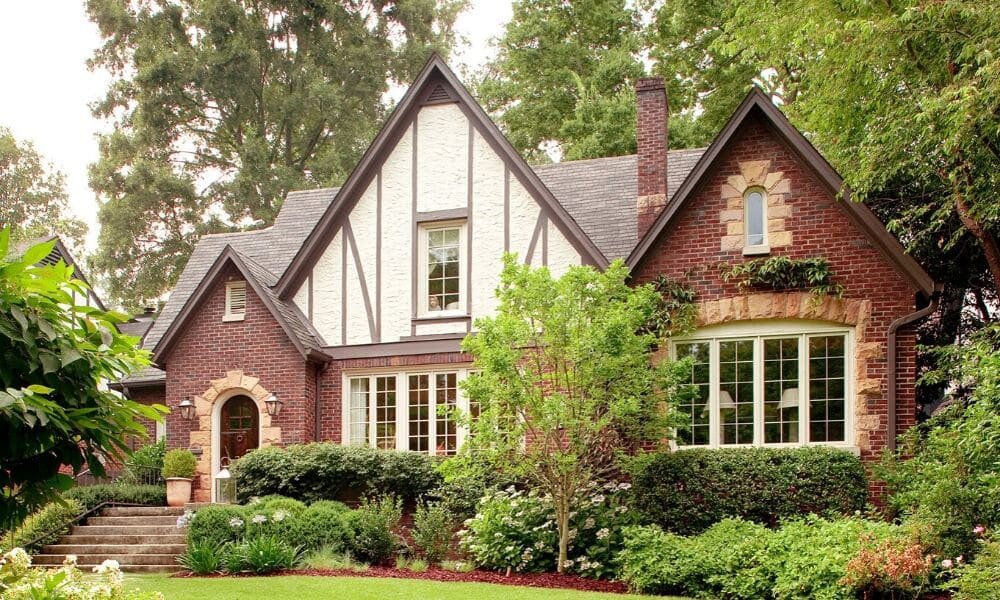
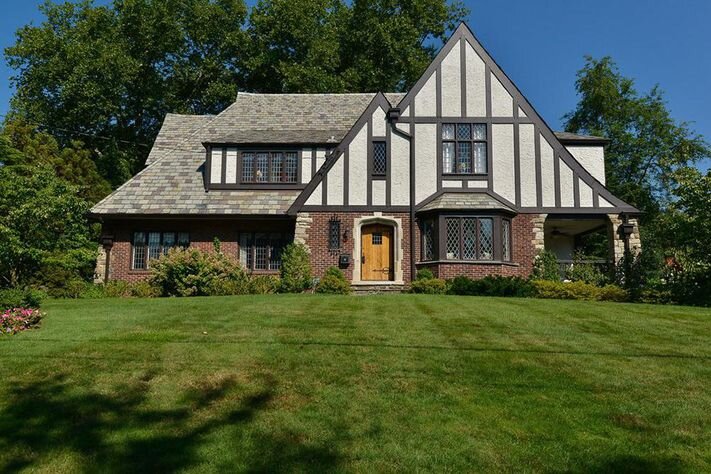
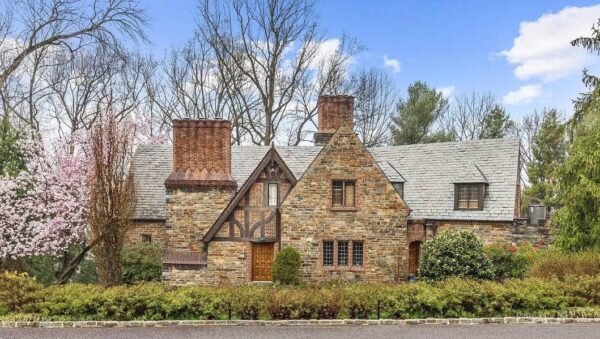
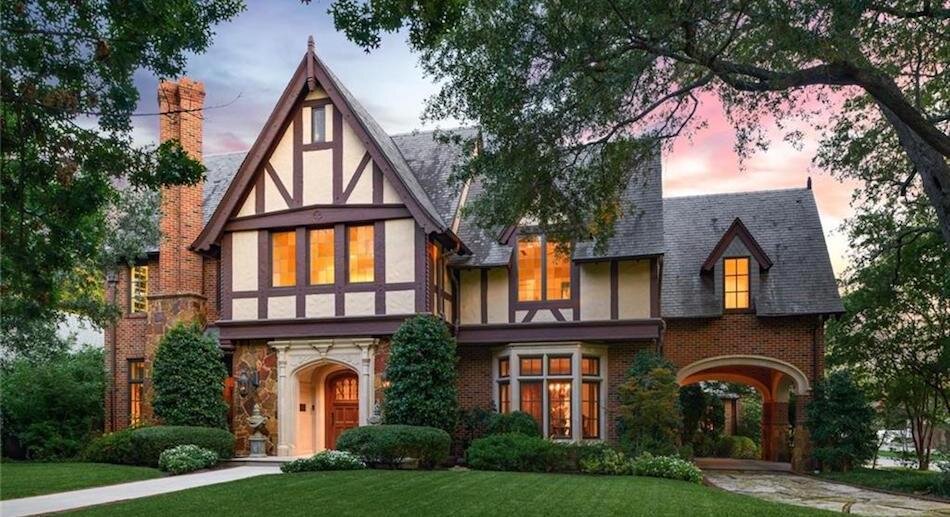
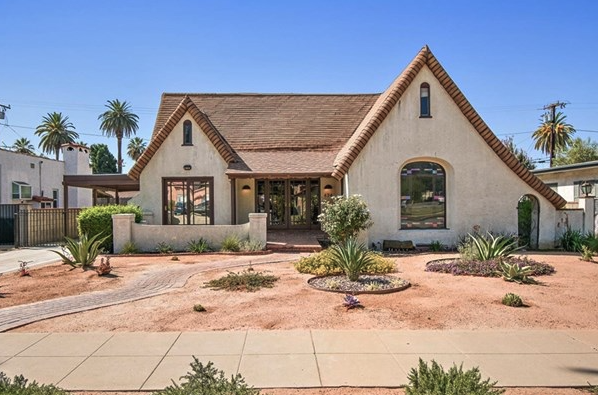
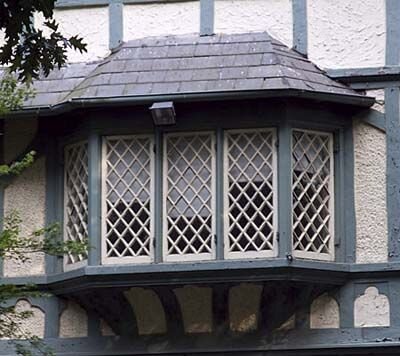
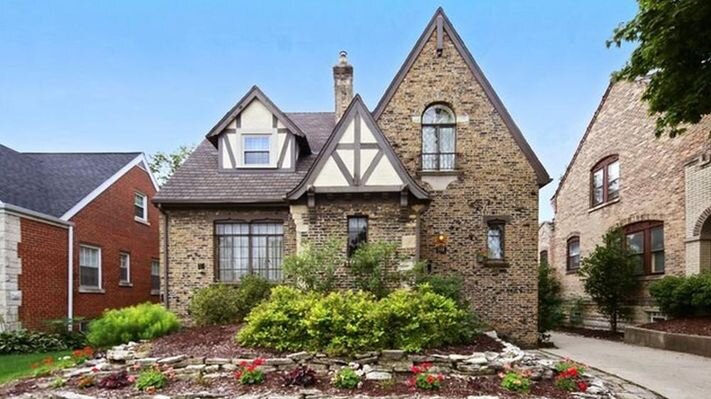
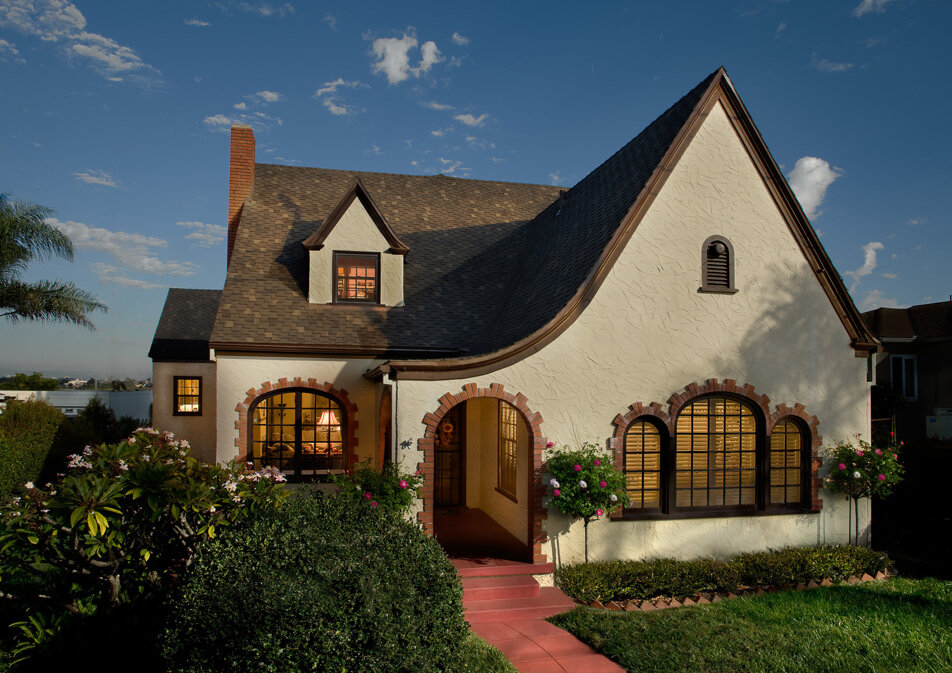

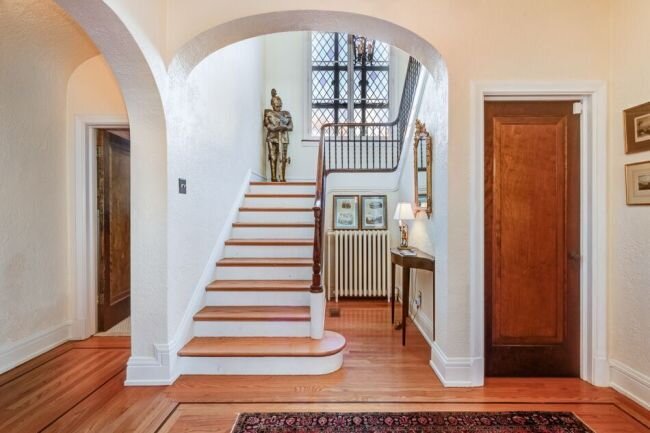

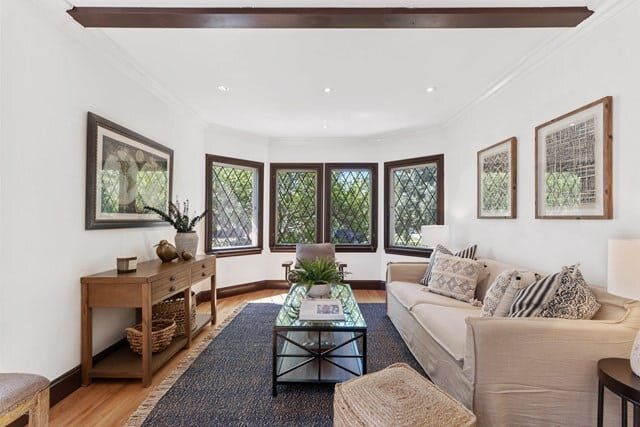
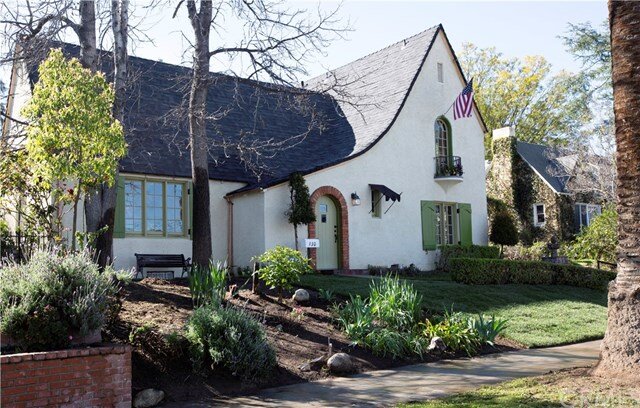
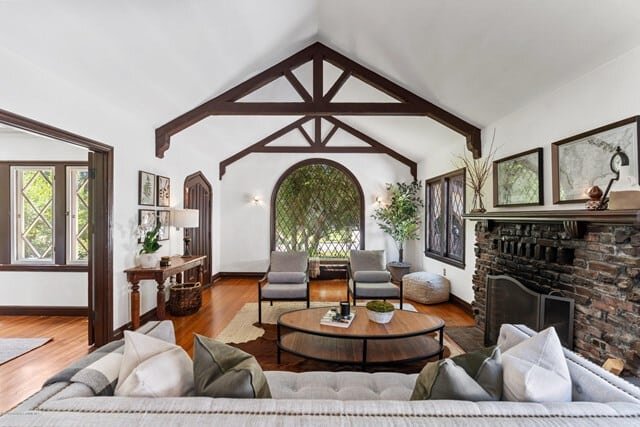
A Tudor will have a rise of 16 to 18 inches in the span of a foot. This measurement is abbreviated as 16/12 pitch. The gable ends of the roof are most often forward facing and are most often half-timbered. This can be true timbers, or in many cases a faux feature giving the old-world look.
Original Tudor home exteriors were made of stone which was not a feasible option in a construction boom so architects replicated this feeling of a much thicker wall by beveling the stucco covered walls at the exterior entry ways.
Doors on a Tudor are always arched, a feature that often repeats on the interior. Bay windows that do not extend all the way to the ground, called an Oriel Bay window are often found on Tudors along with leaded windows many times in a diamond pattern.
As you can see some of these details are reminiscent of Victoria era details which pre-dated Tudor in Southern California.
The interior of a Tudor is equally unique with many elements verging on gothic in aesthetic. Hand hammered door knobs and matching sconces are common place in those that have not been altered. With a chimney being so prominent we often see elegant hearths and mantles. Some local Tudors are adorned with the much heralded Batchelder tile
What Are the Pros & Cons of Owning a Tudor Style Home?
Like with any older home there will be challenges. The mechanicals of every home are fairly similar: plumbing, electrical, HVAC, roof and foundation but Tudors will have nuance specific to them.
The roof is the biggest challenge. The steep pitch of the roof will often incur a labor premium when it comes time to replace and some contractors won’t touch them. If you have a Tudor with a cedar shingle roof expect take this into account. Please, I beg you, do not replace a shake roof with your typical asphalt shingle, you are killing the look and potential value. The benefits of a shake roof is that they have a longer life span; 30 years vs 12 years of an asphalt shingle. There are options for a modern composite versions of the shake roof shingle, but be careful, approval to change roofing materials in historic zones will be difficult and the aesthetic change could be dramatically bad.
The Tudors you will encounter in Los Angeles will rarely be on a stone foundation which can require a lot of work to keep intact so my only other area of concern is stucco. Cracked or damaged stucco can trap moisture behind it and in time rot the wood structure beneath. Keeping an eye on the settlement cracks that always appear due to our seismic activity will be key on this. type of home.
The benefits of owning such an intrinsically dramatic home are obvious to those that love pre-war architecture. Tudors are unique in a sea of unique historic homes. The elements of interior design that lend itself to the Tudor style are stunning to any visitor that steps inside. Elements like arched doorways and exposed beams will always be conversation pieces making these homes very well worth the investment of care.
Historic Homes are Recession Proof.
In March 2020 the LA Conservancy released a study on the impacts of Historic Preservation in Los Angeles. The study bubbled up some interesting data when it comes to the 35 Historic Preservation Overlay Zones (HPOZ) in LA. Note; not all Pre-War homes (built before 1945) are in HPOZs or Landmark districts.
60% of homes in Los Angeles are more than 50 years old (not all are deemed “historic”)
43.8& of construction activity is Rehabilitation (vs 26% in non HPOZ areas)
HPOZs are more racial diverse than non HPOZs
33% of all HPOZ homes take up less than 40% of the lot, therefore allowing for ADU expansion.
Renovations in HPOZ cost less than non-HPOZs
The growth in Price per Square Foot of an HPOZ house has outpaced non-HPOZ
When it comes to investing in real estate, one of the best ways to beat the natural ups and downs of the market is through renovation. Older homes offer ample opportunity for an owner to dramatically improve the value of their investment. This is why flippers do what they do and make so much money at it. They key to historic renovation is to be sympathetic to the period. This is a delicate balance but is very possible and stunning when done properly.
If you have any questions about owning or selling a Pre-War property in Pasadena, Altadena, Highland Park, Mt Washington, Alhambra etc, please feel free to contact me below. I’m always available to offer insight and guidance.
If you’re interested in other Revival Architectural Styles, here are links to the rest of the series:
Show Me the Tudors
To see Tudor homes for sale in Los Angeles, below is a custom Compass Collection of these homes in the areas I work in. Some are for sale, some have been sold. If you are in the market to sell or own one of these properties, I can be contacted using the details below.
Compass Collection: LA Tudor Revivals
Michael Robleto
REALTOR®-Compass Real Estate
213-595-4720
Michael Robleto is a Los Angeles based REALTOR® that specializes in Historic Pre-War residential properties and those with architectural merit. Michael uses his vast knowledge of historic homes, residential construction and modern day marketing to predict and solve the many problems that arise in real estate transactions. His client accolades of insight, prompt communication, integrity and hard work support the fact that he is not your average agent.
Michael leverages his personal passion for historic architecture to provide his clients the unknown insight on the pros and cons of older homes. Michael, the son of a contractor, a California native, grew up in an older Bungalow home and has spent 23 years in Southern California admiring the unique architecture of the region. Michael brings 20+ years of negotiation and sales experience to his seven year career in residential real estate. He often writes on homeownership strategy, historic residential architecture and related topics which can be found on Facebook, YouTube, Twitter and Instagram under the common profile name of his blog; BungalowAgent or at www.BunaglowAgent.com/blog.
Michael is a committee member and frequent volunteer for the preservation efforts of Pasadena Heritage and the LA Conservancy. When not working you can find Michael on hiking trails statewide with his faithful German Shepherd Axel.


